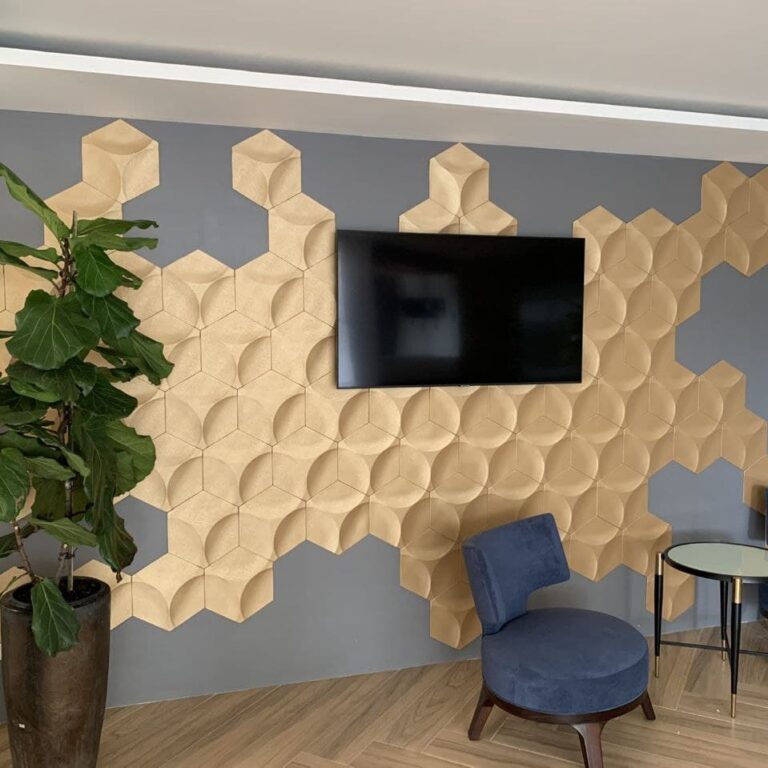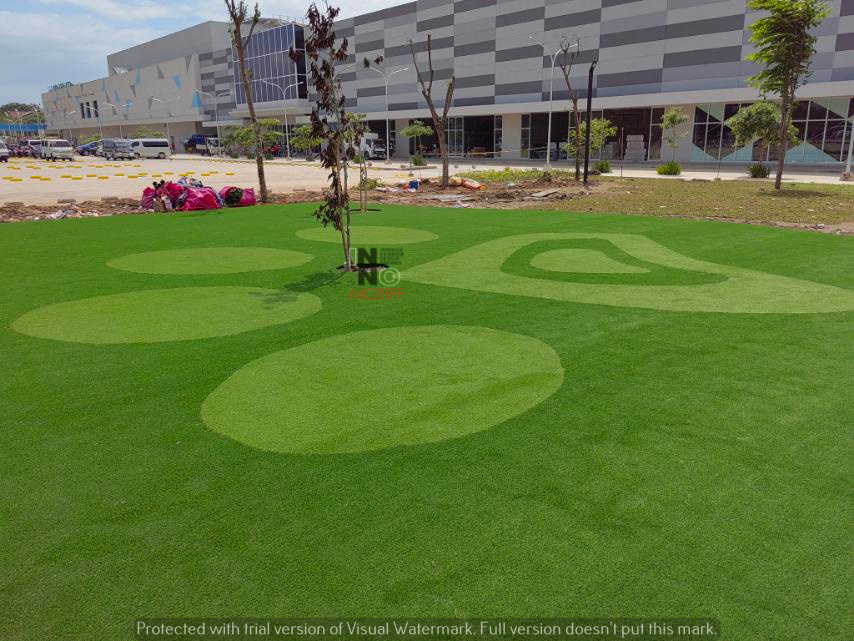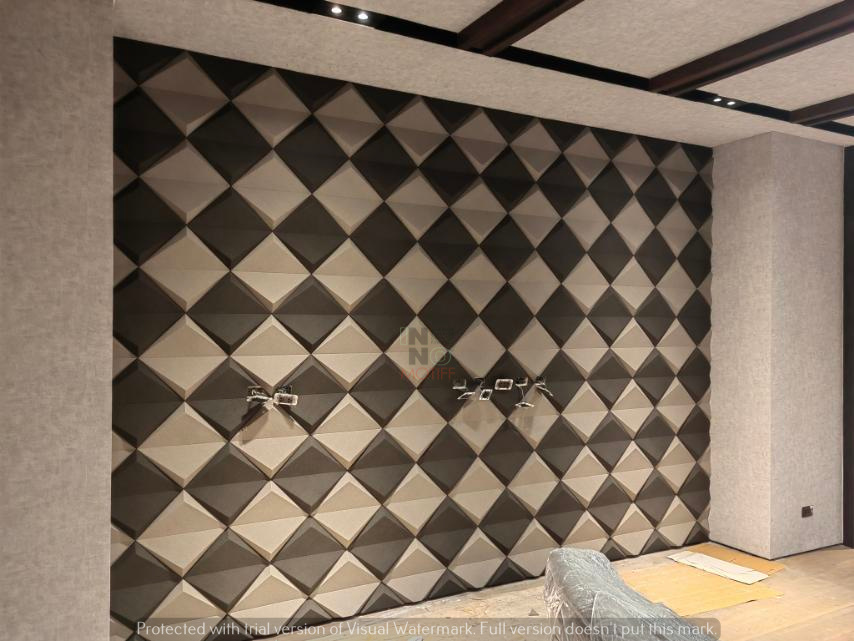In the realm of architectural design and construction, the emphasis on sustainability has become increasingly paramount. As we navigate the challenges of climate change and environmental degradation, integrating eco-friendly practices into building design is not just an option but a necessity. One area where sustainability can make a significant impact is in the choice of acoustic ceiling solutions. This article delves into the realm of eco-friendly acoustic ceilings, exploring sustainable options tailored for Philippine buildings.
Understanding Eco-Friendly Acoustic Ceilings
A. Definition and Characteristics Acoustic ceilings are designed to absorb sound, reducing noise levels and enhancing the acoustics within a space. Eco-friendly acoustic ceilings take this functionality a step further by incorporating sustainable materials and manufacturing processes. These ceilings typically feature natural fibers, recycled materials, and low VOC components.
B. Environmental Impact Comparison with Conventional Ceilings Traditional acoustic ceilings often rely on materials that are resource-intensive to produce and may contribute to pollution during manufacturing and disposal. In contrast, eco-friendly acoustic ceilings prioritize materials with minimal environmental impact, thereby reducing carbon footprint and promoting sustainable practices.
C. Key Features and Benefits Eco-friendly acoustic ceilings offer a myriad of benefits beyond environmental sustainability. They improve indoor air quality by minimizing the release of harmful chemicals, enhance thermal insulation, and contribute to a healthier, more comfortable indoor environment. Additionally, these ceilings can contribute to green building certifications, such as LEED (Leadership in Energy and Environmental Design), showcasing a commitment to sustainability.
Sustainable Options for Philippine Buildings
A. Natural Fiber Acoustic Panels In the Philippines, natural fibers like coconut husk and bamboo offer excellent alternatives for acoustic ceiling panels. These materials are abundant, renewable, and biodegradable, making them ideal for eco-conscious building projects. Natural fiber acoustic panels not only reduce environmental impact but also provide superior acoustic performance, adapting well to the country’s tropical climate.
B. Recycled Materials in Acoustic Ceiling Tiles Utilizing recycled materials, such as reclaimed wood or recycled plastics, in acoustic ceiling tiles presents another sustainable option for Philippine buildings. By diverting waste from landfills and reducing the demand for virgin materials, these tiles contribute to a circular economy while maintaining high acoustic performance standards.
C. Low VOC (Volatile Organic Compound) Options Indoor air quality is a significant concern in densely populated urban areas like the Philippines. Choosing acoustic ceilings with low VOC emissions helps mitigate health risks associated with poor air quality. Manufacturers offer low VOC options that adhere to stringent environmental standards, ensuring that indoor spaces remain healthy and sustainable for occupants.
Considerations for Implementation
A. Cost-Effectiveness and Return on Investment While eco-friendly acoustic ceilings may entail a higher initial investment compared to conventional options, the long-term benefits often outweigh the costs. Reduced energy consumption, improved occupant productivity, and enhanced building aesthetics contribute to a favorable return on investment over the lifespan of the building.
B. Maintenance and Longevity Sustainable acoustic ceilings are designed to withstand the rigors of time and require minimal maintenance compared to traditional ceilings. Regular cleaning and upkeep ensure optimal performance and longevity, further maximizing the environmental and economic benefits of these solutions.
C. Availability and Sourcing of Eco-Friendly Materials Access to eco-friendly materials may vary depending on location and market demand. However, partnerships with local suppliers and manufacturers can facilitate the sourcing of sustainable materials, supporting the growth of green building initiatives within the Philippines.
Takeaway
As the demand for sustainable building practices continues to rise, the adoption of eco-friendly acoustic ceilings represents a significant step towards greener, more resilient structures in the Philippines. By prioritizing materials with minimal environmental impact and embracing innovative design solutions, architects, developers, and policymakers can pave the way for a brighter, more sustainable future in construction. Together, let us strive to enhance sustainability and create spaces that enrich the lives of current and future generations while preserving the beauty of our planet.
Say goodbye to the frustrations of dealing with unwanted noise disturbances and hello to a more serene and tranquil atmosphere with Inno + Motiff Corporation Philippines. Our premium acoustic ceiling tiles Philippines are engineered to provide exceptional sound absorption properties, ensuring that your space remains peaceful and conducive to productivity. With a dedicated team of experts guiding you every step of the way, you can trust Inno + Motiff Corporation Philippines to deliver unparalleled results that exceed your expectations. Invest in your comfort and well-being – choose Inno + Motiff Corporation Philippines as your preferred provider of acoustic solutions in the Philippines.










